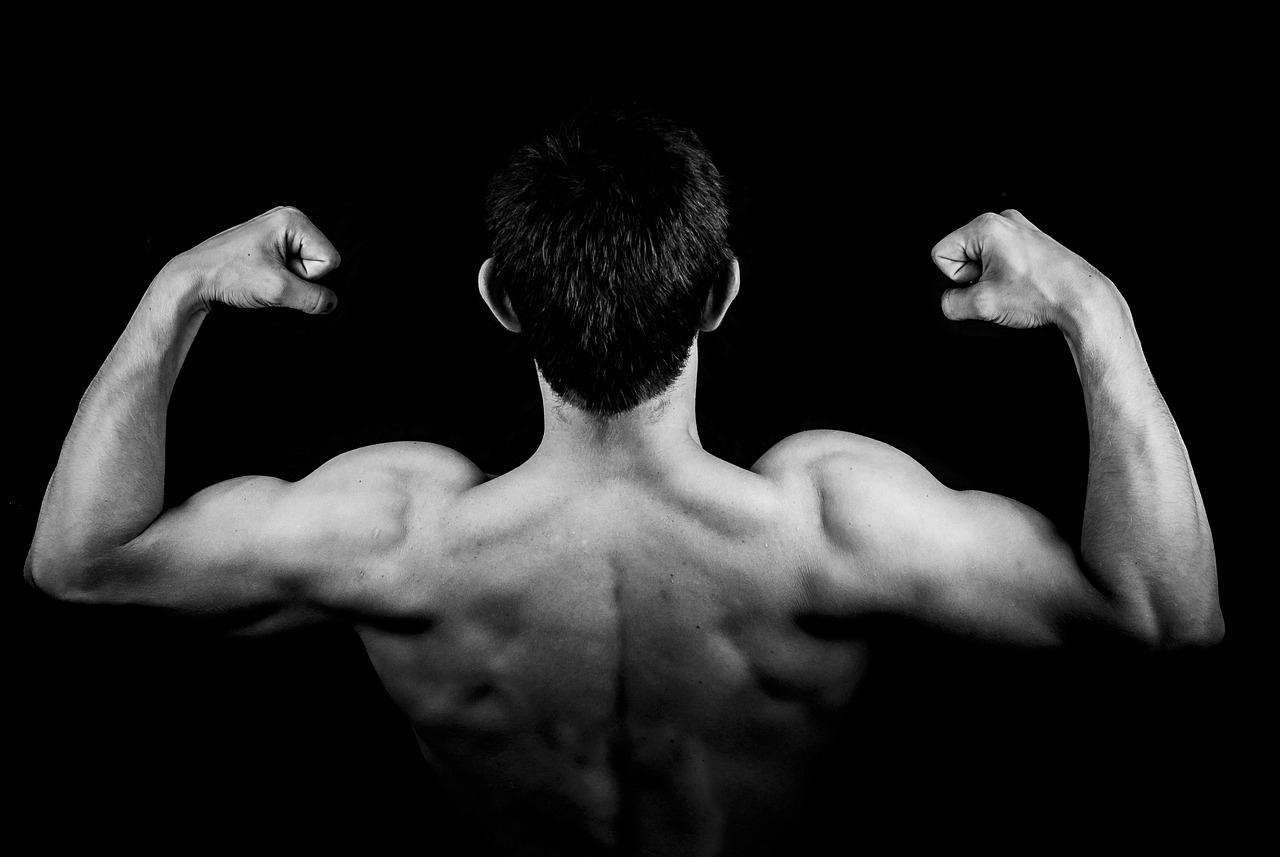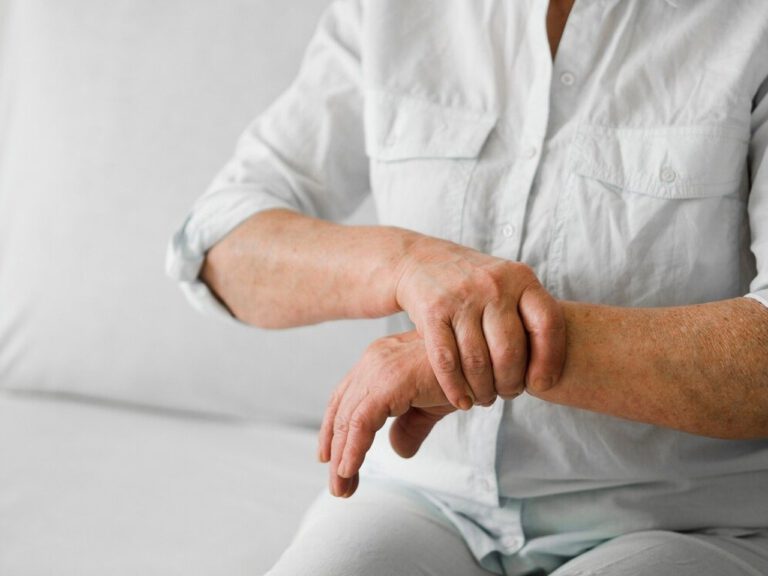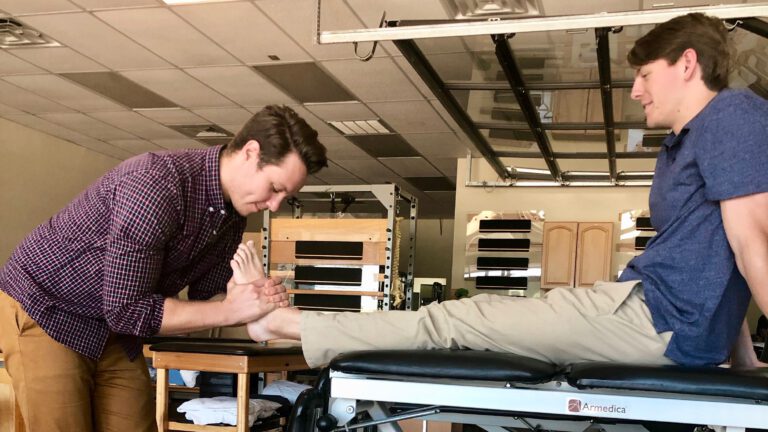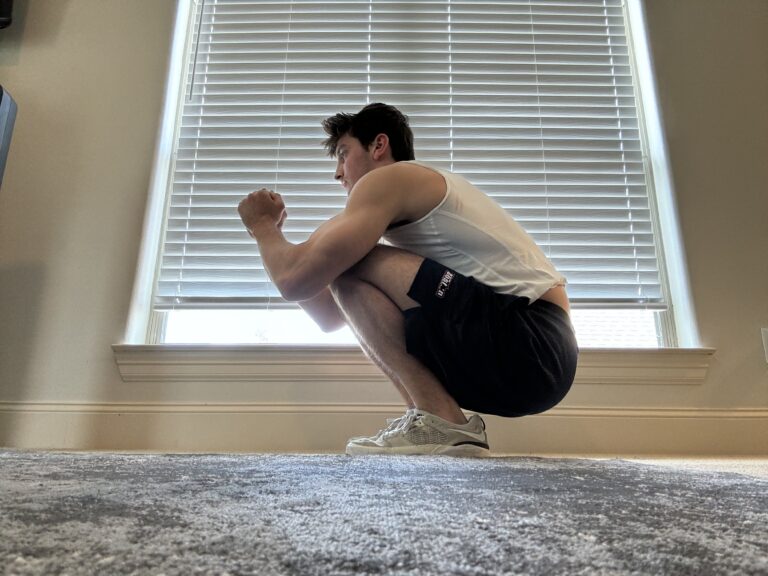Postoral Restoration Boiled Down
We get asked a lot to explain what Postural Restoration is in simple terms. Indeed, the concepts are not simple – and in most healthcare providers’ opinions, the ideas are a bit peculiar.
The basis of Postural Restoration lies in an understanding of our anatomy and an appreciation that our bodies are not symmetrical and never will be. The fact that we have one of some organs (ie: heart and liver), as well as organs that are shaped differently on one side of our body compared to the other (ie: lungs and diaphragm), results in mild asymmetrical positioning of our bones and muscles. Consequently, movement of our limbs, trunk, and spine tends to be easier or harder on one side in comparison to the other. A good look in the mirror will reveal mild to drastic differences in the appearance of our rib cage, shoulder height, foot position, and even ears or eyes, when comparing right versus left.
A common question (and really the most important) is why an individual’s pain may have started seemingly out of the blue? And why on one side rather than the other? When problems arise non-traumatically, the explanation usually can be found in a good analysis of how one moves. The foundation of the issue may be how one moves differently on one side compared to the other and have one ultimately compensates for the differences – either well, or at times in a way that creates pain or pathology to the joints, ligaments, and other soft tissues.
A Postural Restoration-trained therapist will show you how your body is positioned or aligned and how this can relate to your pain. For example, you may have pain on the inside of your left ankle – perhaps diagnosed as a posterior tibialis tendonitis. A probable explanation would be that your pelvis on the left side is positioned or tilted forward compared to your right. This would orient your pelvis and spine to the right and ultimately shift your weight to right. You would then tend to compensate in a way that causes more pronation, or flattening, of your left foot and more strain on the muscles and tendons that are trying to prevent that (such as the posterior tibialis, which is located on the inside of your lower leg and ankle). Treatment from a Postural Restoration perspective would begin with repositioning your pelvis to neutral. You would then work on developing the strength and flexibility in your hips that would stabilize you in a neutral position. Analysis would be done to determine if you have a tight or loose hip that might predispose you to this asymmetrical movement pattern. Factors such as how you breathe and whether or not your arms swing symmetrically would also be considered. And finally your foot mechanics would be assessed. It may be that foot structure is so poor that even with a neutral pelvis, you would need extra support – either with a change in shoe type or with custom-made orthotics to support the feet.
The beauty of Postural Restoration is that, through systematic evaluation, we can determine how asymmetrical you are and how you are compensating. We, as individuals, compensate in different and interesting ways. The Postural Restoration approach will work to uncover the patterns and then to address them through a series of hands-on and exercise techniques. In the end, though, the key to a successful treatment outcome is the patient’s understanding of these patterns and their ability to control the resultant compensation through acceptance in changing how they move – through awareness and performing regular exercises.
